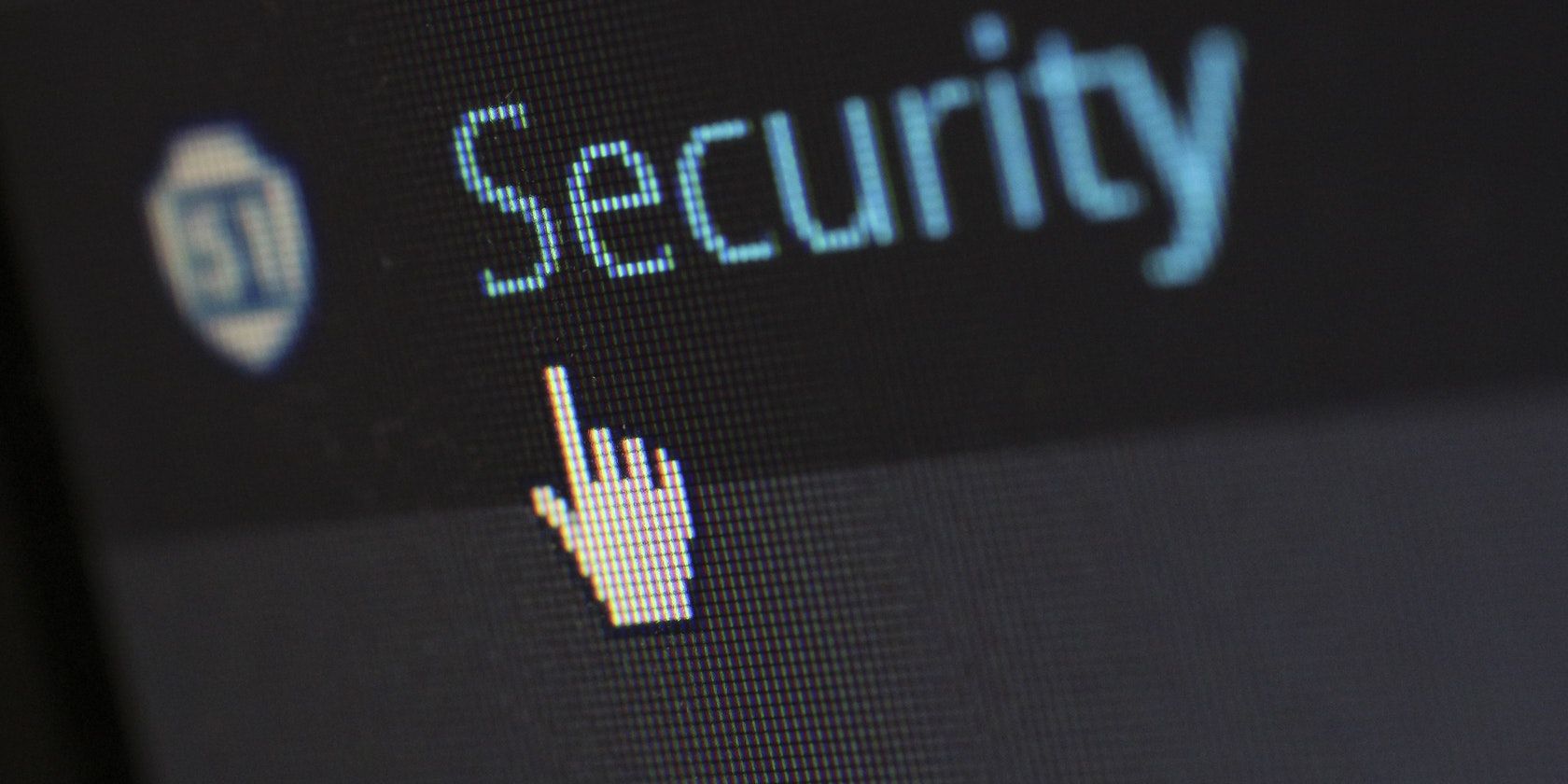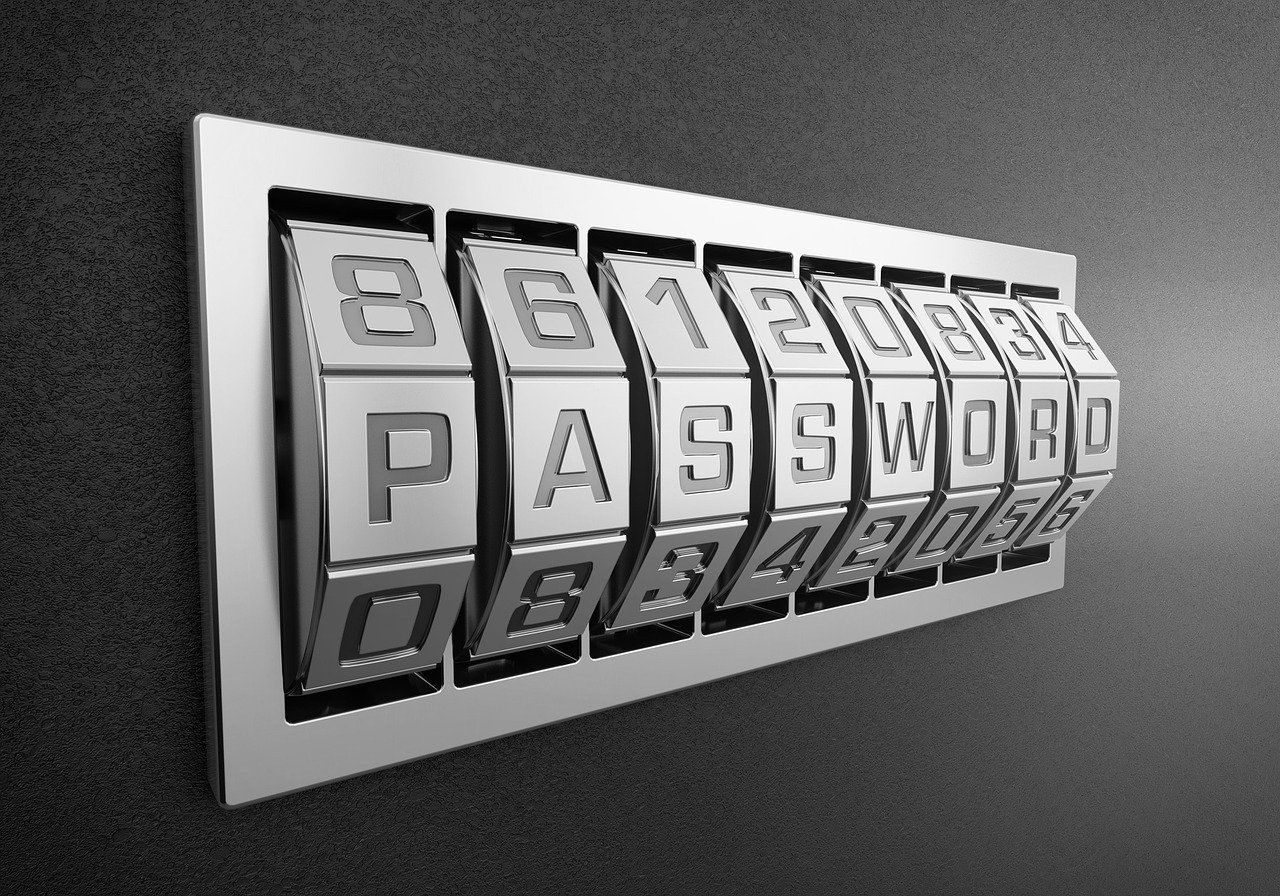For the past few decades, passwords have played an integral part in securing online communications, but unfortunately, they are not perfect. And the constant rise in cyberattacks reveals the true vulnerabilities of standard password authentication.
Does this mean we should ditch the old-school method of logging into our online accounts with passwords? Can a password alternative like multi-factor authentication (MFA) help? But what exactly is MFA, and why should we use it?
What Is MFA?
Imagine having to pass through double doors to get inside a house. MFA is the double door for online security that lets you log into your accounts or access apps and resources only after passing through two sets of verification processes.
It adds an extra layer of security by requesting a second way of authentication alongside your regular method of signing in with your username and password. This could be an SMS code that you may receive on your phone or a confirmation number sent to your devices via apps and services, such as the Google Authenticator.
In short, while accessing any resource, you receive an MFA notification which entails answering the question, "Did I request this access, or is someone trying to access my account?" This ensures that each transaction is secure because access will not be granted without your consent. And it also keeps the users actively engaged in the authentication process.
Thus, by asking for an extra verification factor, MFA decreases the odds of cyberattacks and enhances the security posture of any organization.
What Factors Can Be Used for MFA Verification
MFA requires at least two factors of authentication before granting access to an online account or apps and services, such as a VPN.
The first verification factor is something you know, such as your typical username and password or a PIN. And the other piece of the puzzle—without which MFA won't work—could be any of the following factors:
Hardware: This can be a cellphone, USB, or keycard to verify your identity.
Biometrics: Biometric data, including fingerprints and iris scans. Voice recognition can also be used for these purposes.
The Importance of Using MFA
MFA is a vital part of the ever-changing security landscape. It prevents threat actors from gaining the initial foothold into your accounts by asking them to provide an additional piece of evidence first.
While usernames and passwords are beneficial, they are vulnerable to brute-force attacks and can also get stolen through credential theft. Also, corporations often overlook certain authentication aspects such as email and business applications. MFA safeguards these neglected entities, ensuring that no email accounts or apps get exploited by criminals to gain access or escalate privileges into your environment.
Also, to highlight the significance of MFA, Google recently announced a new initiative for automatic enrollment of MFA for its millions of users. While Google has always used MFA, it was optional until now. Now, any Google account that doesn't have MFA enabled will be prompted to provide two pieces of evidence. For example, if you are trying to sign in through your laptop, you will be asked to confirm log-in attempts from your phone.
Benefits of Using MFA
Multi-factor authentication drastically reduces the chances of data breaches and can thus be paramount to a business's security. Below, we'll look at the main benefits of using MFA.
Reduced Risk From Compromised and Weak Passwords
Compromised passwords are responsible for most data breaches of today. With MFA in place, even if threat actors hack, steal or phish a weak password, they will still face hurdles during the second phase of the authentication process.
Let's say you have MFA with biometric factors in place, and a hacker manages to steal your password. That stolen password alone will be of no use to them, as they won't be able to steal your retina or fingerprints!
MFA is not only great at reducing the risk of compromised passwords, but it also helps against evolving password threats such as keyloggers, phishing, and pharming attacks.
Increased Security
No one likes to remember complex passwords, not to mention the toll it takes on IT groups to manage password resets and enforce stringent password policies.
MFA solves this problem by providing each user with the capability to enforce extra factors for authentication and the option to choose from a variety of factors such as PINs, biometric data, cellphones, etc.
Thus, setting up MFA fosters a secure environment for employees while also allowing the IT teams to worry less about password management.
Compatibility With Single Sign-On (SSO)
You can implement MFA alongside other log-in methods, such as Single sign-on. SSO allows you to use a single global password for all your accounts and systems.
Implementing MFA with SSO offers excellent benefits. While SSO brings in the convenience factor, it focuses less on security, whereas MFA is more security-oriented. And a combo of SSO and MFA eliminates the need for multiple passwords, frees up resources for the IT teams, and also streamlines and improves the user experience.
There are different ways to combine MFA with SSO, but it all comes down to how your company operates and your business requirements.
Helps With Meeting Regulatory Compliance
State laws require companies that handle sensitive data to comply with security regulations. This entails having robust authentication processes in place, as well as compliance with identity and access management.
If your company enforces an MFA policy, chances are it is staying compliant with security regulations, including financial services and HIPAA for healthcare transactions.
Enforce MFA When Setting Up Security Policies
Traditional password authentications are not sufficient to defend against the growing rate of cybercrime. Although MFA is not impeccable, it does reduce the chances of data breaches by forcing an additional layer of security into the authentication process.
Many companies are still hesitant to adopt MFA solutions due to the misconception that it can be costly and time-consuming to set up. But in reality, MFA is a cost-effective and easy solution that does not require a lot of overhead. Therefore, implementing MFA should be a key security initiative when setting up your corporate security policies.




